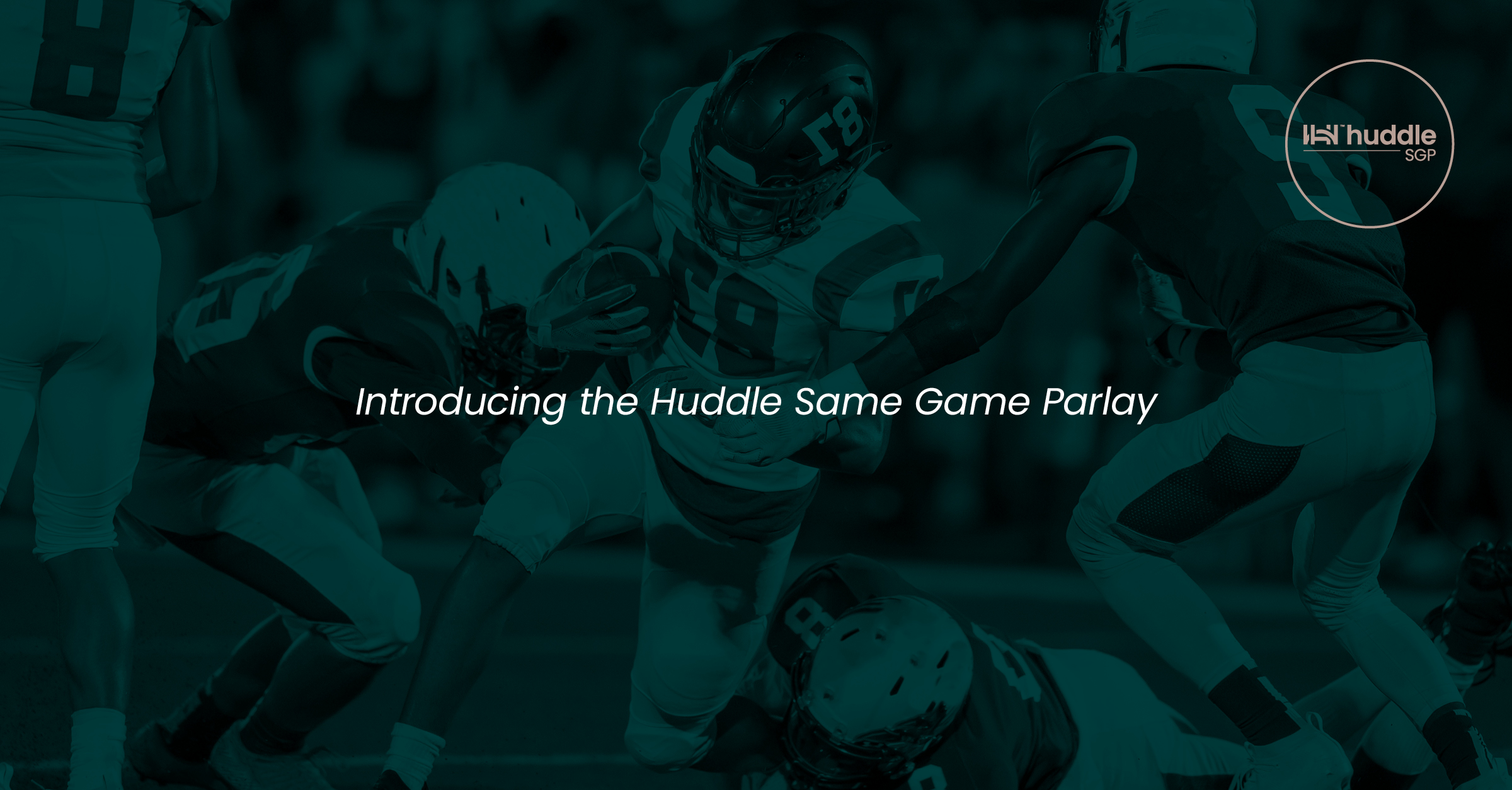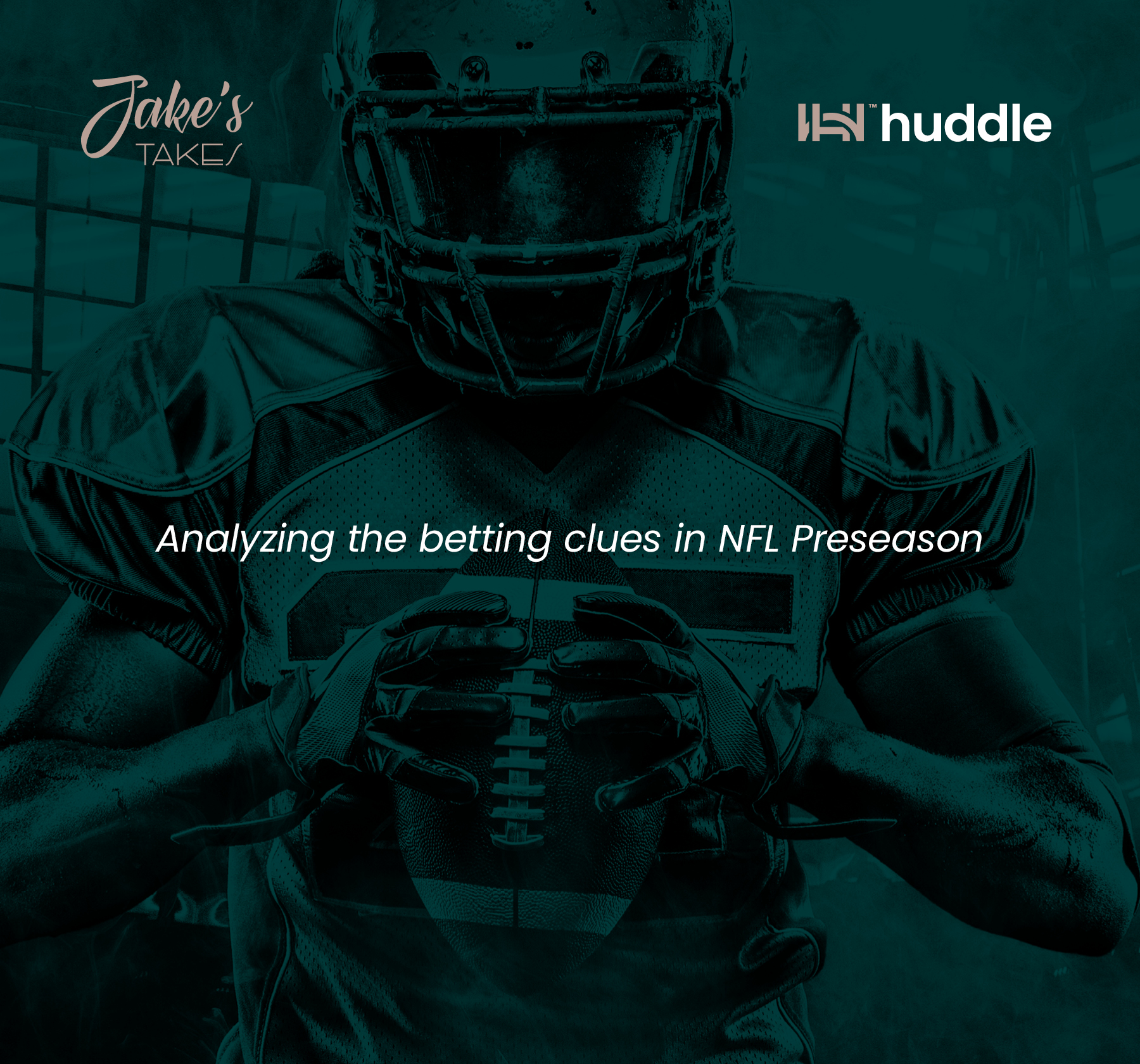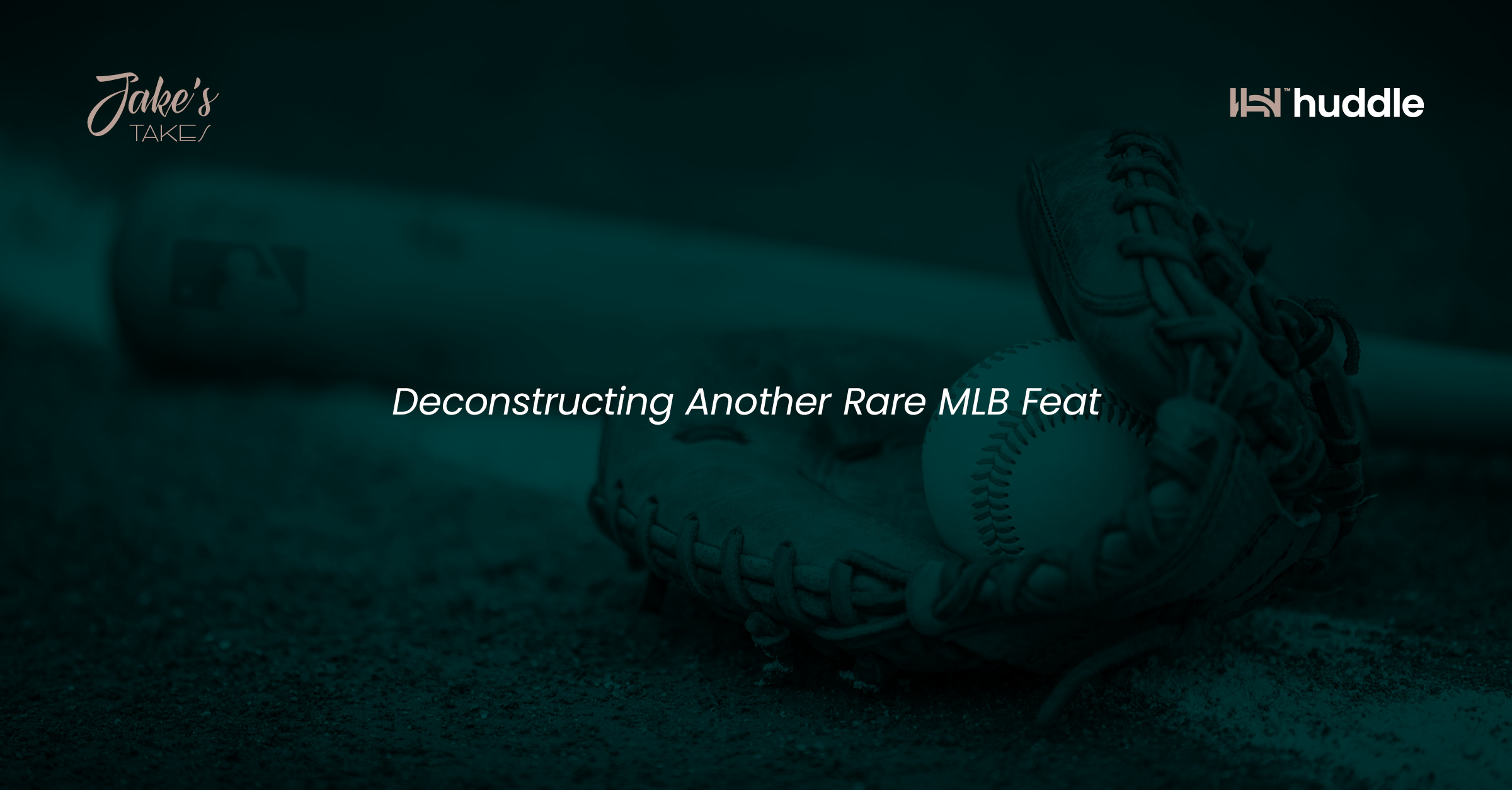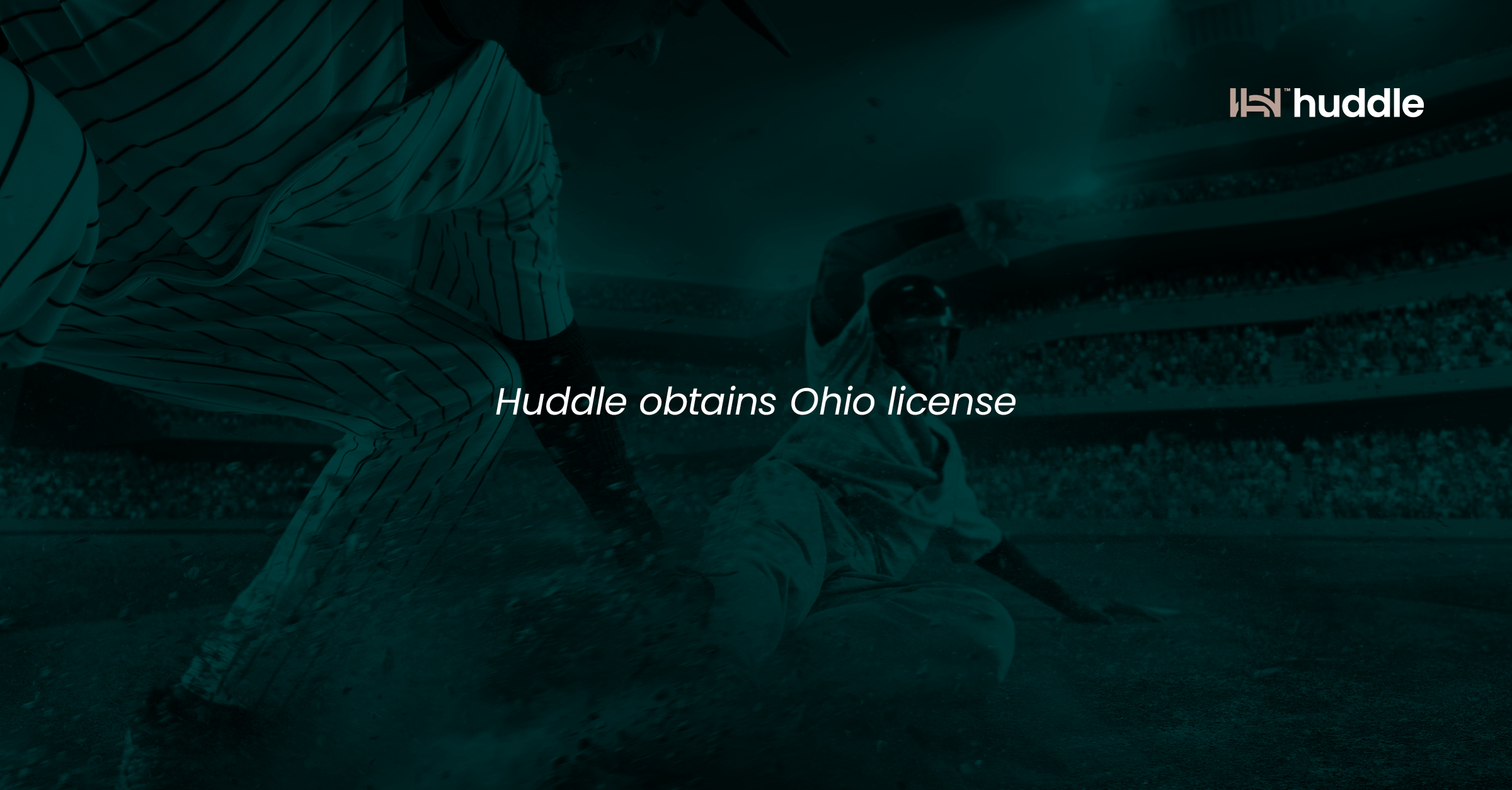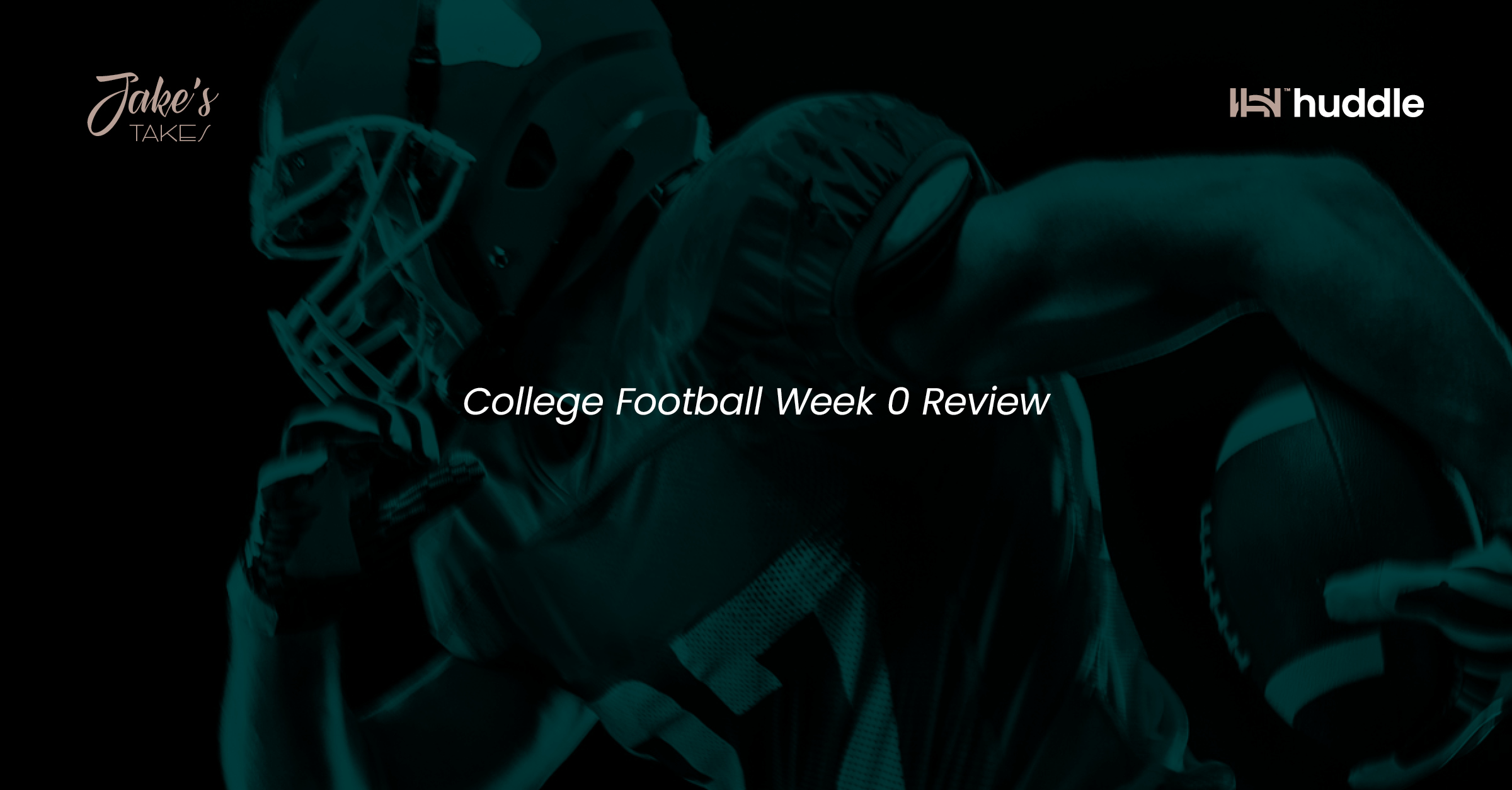
Jake’s Takes: Analyzing the Betting Numbers Behind the Perfect Game
Blog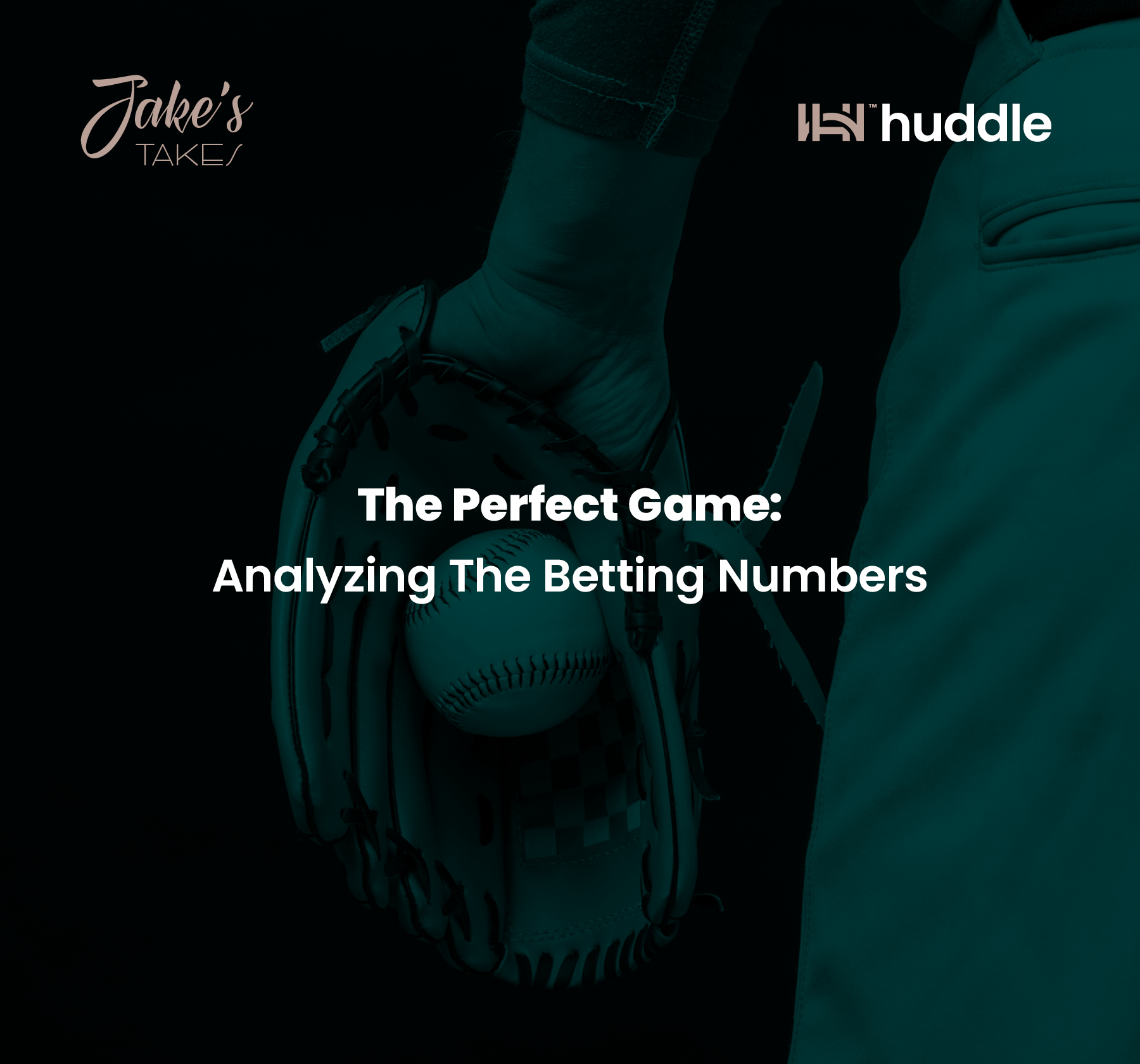
Jake’s Takes: Analyzing the Betting Numbers Behind the Perfect Game
Welcome to the first article from Jake Moszkowski on the Huddle Knowledge Hub. Over the next few weeks, "Jake's Takes" will guide us weekly on the biggest betting stories in the MLB.
"Our player-level model indicated that German might have had a higher likelihood of achieving a perfect game based on recent performances, as well as those by the Oakland A’s. Our odds and lines offered are more influenced by significant data backing, compared to other products utilizing less detailed analyses. It is important to note that sports outcomes, particularly the rare perfect game, are inherently unpredictable in nature.
We offer the distinct advantage of providing bettors with a more detailed analysis behind our odds, but there remains uncertainty involved in all cases of sports betting."
The fact that the first no-hitter of the year (and first perfect game in a decade) came against the Oakland A’s is no surprise. The A’s are terrible and a lineup largely composed of players that the average MLB fan has never heard of. They only have a single batter with an average over .250. They’re likely moving from Oakland to Las Vegas within the next few years.
However, the fact that the perfect game came from Yankees pitcher Domingo German was surprising to even seasoned MLB viewers, including New York fans. German had previously allowed 17 runs over 5.1 innings in his prior two starts coming into the game on June 28th. For those unfamiliar with pitching dynamics in the MLB, those are dreadful outings for a pitcher. In fact, German became the first pitcher in MLB history to pitch a perfect game after allowing double-digit runs in his prior outing.
It was the 24th perfect game in MLB, and 3,969 days since the last one (accomplished by the Mariners’ Felix Hernandez in 2012). The cumulative probability of perfection from Domingo German, for the first inning, ranged between 72% and 37%, per our models.
What that means is that Domingo German had roughly a 72.9% chance of getting the A’s first batter (Tony Kemp) out on his first at-bat (pre-match odds). However, the odds of German finishing the inning without allowing a batter to reach base dropped to 37% for the third batter, Brent Rooker. Meanwhile, statistically, there was less than 0.04% chance of him remaining perfect for the start of the 9th inning.
While it’s not clear to me if that’s more a knock on the batting capabilities of the hapless Oakland A’s or a positive reflection of German’s pitching skill, the best odds that an individual A’s batter had to simply not get out came in the 7th inning. Brent Rooker, the third A’s batter of the 7th inning, had a ~30% chance of getting on base.
Rooker, a 4-year journeyman playing for his third team since the start of the 2022 season, is a career .220 batter. For reasons purely available in the data from our models, he (not A’s rookie Esteury Ruiz, who has the highest batting average on the team) had the best odds of any A’s batter of reaching base. For those curious, Rooker’s seventh inning plate appearance lasted two pitches, as he grounded out to the shortstop on the second pitch he faced.
Despite the perfect game, Domingo German did not achieve an immaculate inning. For those who are unfamiliar with that term, an immaculate inning refers to a pitcher striking out all three batters he faces in one inning, using the minimum possible number of pitches: nine. While immaculate innings aren’t as rare as perfect games (114 immaculate innings versus 24 perfect games), they are still very uncommon. However, the lack of an immaculate inning does not take anything away from German’s perfect game.

As of now, the New York Yankees are in sole possession of the most perfect games thrown by a single team (4), breaking a tie with the Chicago White Sox (3). Several sportsbooks offer a daily prop on whether or not there will be a no-hitter thrown on any given day, with the odds of a no-hitter occurring typically being set around +2500. On the flip side, the odds of a no-hitter not occurring on that singular day are typically set around -20000. Interestingly, Caesars was offering that prop on the odds of getting a no-hitter at any point during the year, at +700.
For those wondering why books offer lines on no-hitters and not perfect games, as this one was, it’s quite simple. In MLB history, there have been 24 perfect games across over 235,000 total games. Meanwhile, there have been 70 no-hitters thrown since the year 2000 alone, in roughly 54,360 games. That equates to a no-hitter occurring roughly once every 777 games. Theoretically, the payout for betting on a no-hitter should be substantially higher than +2500.
In the end, baseball fans looking for a sweat have a multitude of better options than trying to bet on a no-hitter. That said, dropping $10 (about the cost of one MLB ballpark beer) for a longshot sweat on a no-hitter could be appealing to some bettors. A winning payout would yield a return of $250. Just don’t expect to build your bankroll via betting on no-hitters.
Author: Jake Moszkowski

